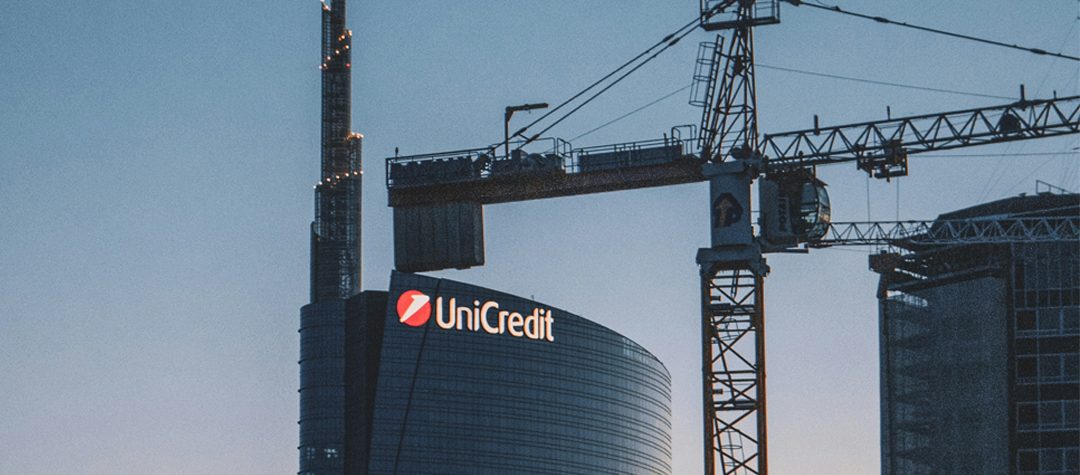
Mortgages in Italy: demand returns to growth in 2024
Following a challenging 2023 for the credit market, the early months of 2024 show promising signs of recovery, marked by a resurgence in demand for home purchase mortgages in Italy.
Il 2023 è stato un anno nero per il settore dei mutui in Italia. A sharp increase in interest rates, coupled with soaring inflation that eroded the spending power of families, led to a noticeable drop in demand for home purchase loans. Adding to the complexity, banks adopted stricter lending criteria to mitigate risks.
Those who could, tapped into their own savings rather than take on hefty loans, while others were left with little choice but to resort to renting. However, the rental market also experienced a surge in prices, particularly in urban centers, partly due to the growing popularity of short-term rentals. Fortunately, as 2024 progresses, the market shows encouraging signs of improvement.
Mortgage demand on the rise
A recent analysis by facile.it and mutui.it revealed an increase in mortgage demand for home purchases during the first four months of this year, showing a 17% surge compared to the same period in 2023 This is a promising indicator of market resurgence and renewed confidence in residential real estate investments.
The average requested loan amount has also seen an increase, currently averaging around 132,290 euros, marking a 1.9% rise from the previous year. For first-time homebuyers, this figure stands at 136,244 euros, representing a 1.4% increase compared to 2023.
Per quanto riguarda invece il valore medio degli immobili oggetto dei mutui, esso ammonta a 204.545 euro, pari a un incremento del 2%. However, for first-home purchases, the average property value slightly diminishes to 186,915 euros.
Fixed-rate mortgages are more advantageous
Mortgage interest rates are starting to decline, albeit with some variation: while the average variable rate remains above 4%, the fixed rate dropped to 3.69% in March, as reported by the Analysis Research report from Fabi, the Italian Banking Federation.
This decline in fixed rates, which can be attributed to the substantial decrease in IRS (Interest Rate Swap - the parameter typically used by banks to set fixed-rate installments), is driving a surge in refinancing requests aimed at migrating mortgages to different banks. According to MutuiOnline.it, refinancing requests grew from 21.4% to 36.2% in the first quarter of 2024, with almost all applicants (96.6%) opting to switch from a variable rate to a fixed one.
Yet, it's important to weigh multiple factors and consider the long-term implications when choosing the interest rate This is particularly pertinent given analysts' forecasts pointing towards a significant decrease in variable rates by the year's end.
The rise of green mortgages in Italy
With the green homes directive receiving approval from the European Parliament, the push towards decarbonizing the real estate sector has gained significant momentum. There's been a notable rise in interest in properties with high energy efficiency credentials,
The value of such high energy efficiency properties is projected to appreciate over time, amplifying the appeal of investing in them. Additionally, banks are introducing tailored products known as green mortgages to facilitate the purchase of homes with top-tier energy ratings (A or B). According to data from Telemutuo, current offerings provide for a spread reduction ranging between 0.35% and 0.45%, a significant leap from the standard 0.10% discount seen with traditional mortgages.
Italy’s residential market
In 2023, the residential sector witnessed a slowdown in purchasing activity, with a 10% decrease compared to 2022, according to data from Agenzia delle Entrate This decline can be primarily attributed to shifting macroeconomic conditions, stricter lending practices, as well as inflation and high-interest rates.
However, there's a more optimistic outlook for 2024. The gradual decrease in interest rates and the easing of inflation are anticipated to stimulate a higher inclination towards purchasing. Additionally, the approval of the so-called “Save Home” Plan is set to inject new housing stock into the market by simplifying the regularization process for minor building discrepancies, thus revitalizing the sector.
On the rental front, there has been a significant surge in rents driven by increased demand from students, workers, and individuals who haven't secured mortgages and have turned to renting instead. This surge is further fueled by the popularity of short-term rentals for tourism purposes, which has diminished the available housing stock for medium to long-term traditional rentals. It is highly probable that rents will continue to rise throughout 2024, contributing to the anticipated recovery in purchase requests.


 Back to News & Insights
Back to News & Insights 

